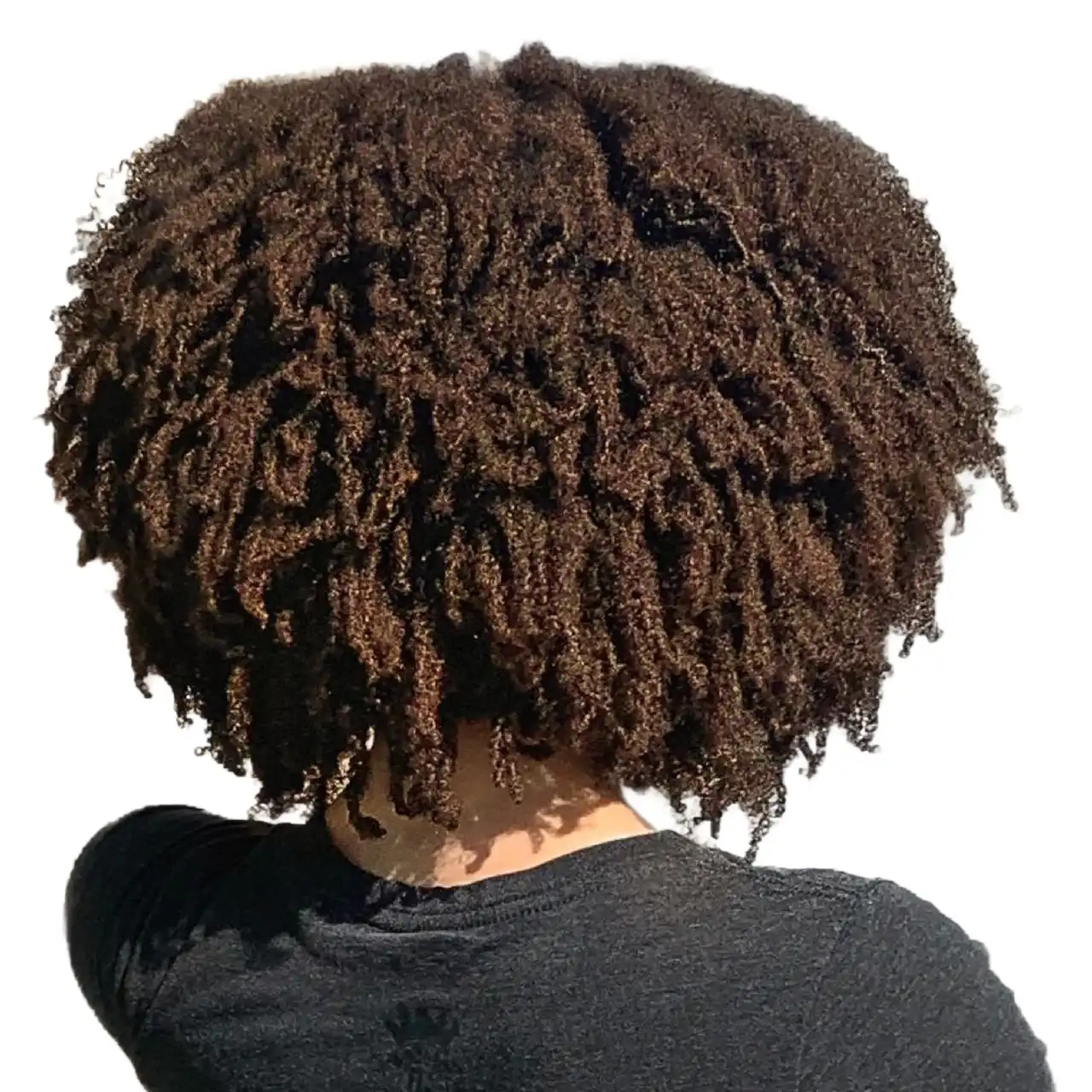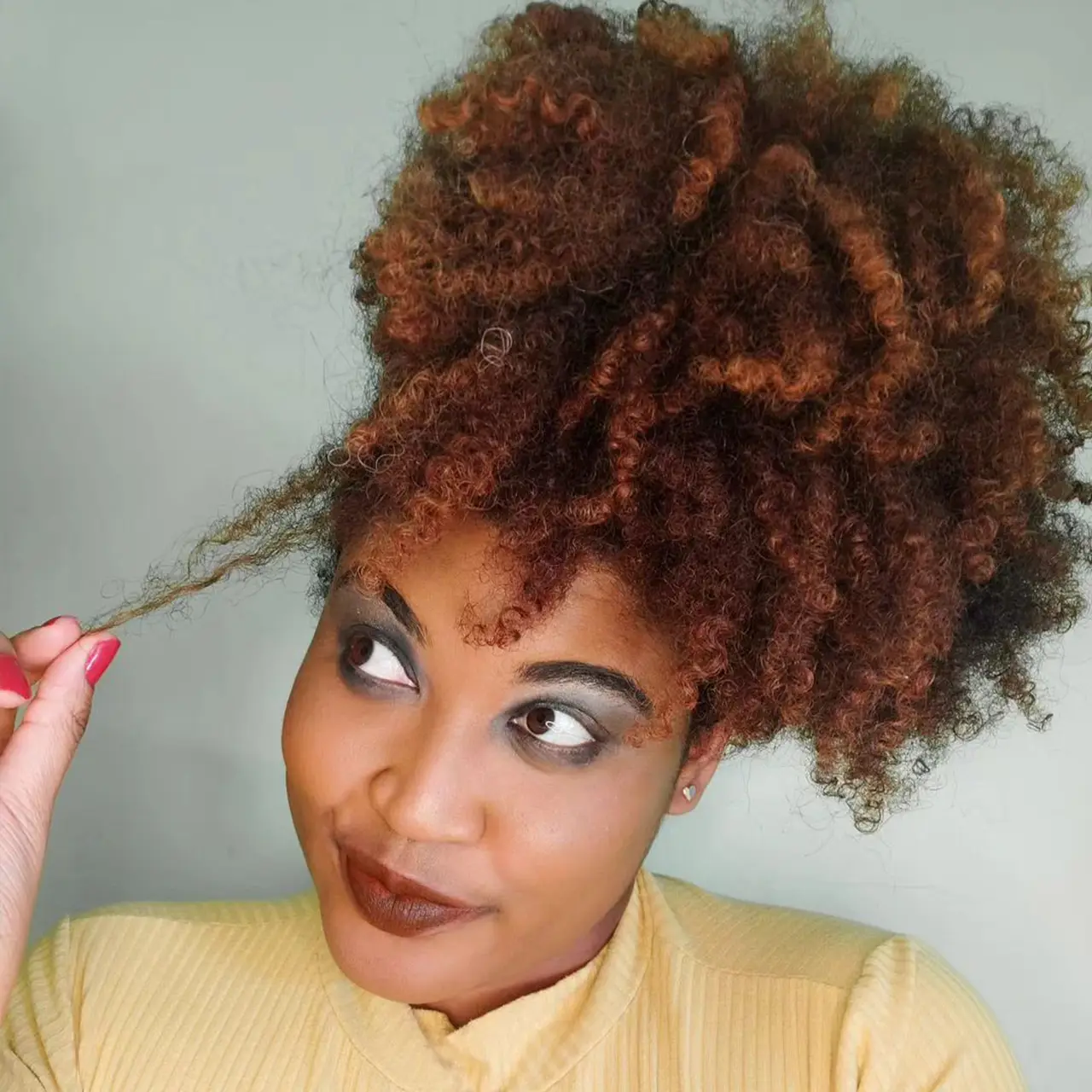If you care about the quality of your wigs and hair extensions, Virgin Hair Remy Hair and No Remy Hair, you can’t avoid this basic word. So what exactly do they mean?
First of all, these words correspond to different hair quality, which is the main factor affecting the price of hair, it is difficult to distinguish between Virgin Hair Remy Hair and No Remy Hair from the appearance, but the actual use experience and price vary greatly.
What is Virgin Hair Mean?
Virgin hair, also known as Raw Hair, is hair that is cut directly from the donor’s head, with full cuticles and consistent surface scales, without any treatment. This kind of hair is the highest quality human hair because they are not dyed, permed or any other chemical treatment and looks and feels the most natural. The texture and color of Virgin Hair are determined by the natural hair of the donor. It also means that each bundle of Virgin Hair is unique. However, because of its excellent quality and rarity, Virgin Hair is usually the most expensive.
Bleaching and dyeing properties are one of the best ways to test hair quality. From this point of view, Virgin Hair is versatile and can be dyed in a variety of dark colors. They can generally be Bleached to #1001 (color number “1001” is often referred to as “Lightest Blonde” or “Bleached Blonde”, which is a very light blonde color, close to white but still with a hint of gold.) But the best Virgin hair fades to pure white.

What is Remy Hair Mean?
The characteristic of Remy Hair is that all the cuticles of the hair are in the same direction. In this respect, Virgin hair is high-grade Remy Hair. Note, however, that “Remy Hair” does not mean that the hair is completely untreated. Although the scales remained in a consistent orientation when collected, the hair may have been dyed or otherwise chemically treated.
In fact, the source of Remy Hair is much wider, and most of the Remy Hair on the market now is selected from specific No Remy Hair after a process. This process is called “Hackle1“, the principle is that the hair due to different scales in different directions resulting in different friction, along the scale direction of the hair is easier to pull.
At present, there are two methods: manual and semi-automatic: Manual is the most primitive, low efficiency, suitable for small batch production, general studios use this; Semi-automatic is highly efficient, but the hair needs to be soaked in lubricating oil, suitable for large quantities, and general factories use this.
Manual video
Semi-automatic video
In terms of dyeing and bleaching properties, Remy Hair can be dyed in a variety of colors, but it can only fade to 613 colors (The color number “#613” “is often referred to as “Bleach Blonde” or “Platinum Blonde”, which is a very bright gold that is almost white, but darker than #1001.), and then it begins to break.

What is No Remy Hair Mean?
No Remy Hair, also known as Non-Remy Hair, is hair that has not been kept in the same direction as the scales during collection. It is generally collected from hair loss when combing hair, hair on the barbershop floor, etc. Due to the chaotic orientation of the scales, Non-Remy Hair is more prone to tangling and tangling during use. To solve this problem, factories often give this hair a so-called “pickling” treatment to remove the hair scales. Then, a layer of silicon is applied to improve the gloss and smoothness of the hair. This disrupts the natural structure of the hair, making it thin and brittle.
On initial application, Non-Remy Hair may look shiny and smooth due to the presence of the silicon layer. However, after a few washes, the silicon layer will be washed away, and the hair will become dry, brittle, and begin to knot.
In general, the quality and durability of Non-Remy Hair are not as good as Remy Hair. However, due to its simpler collection and handling process, Non-Remy Hair is also cheaper, making it an economical option.
In terms of dyeing and bleaching properties, No Remy Hair can only be dyed dark and not bleached. The most common is to dye 1# color or 1b# color.
The above is a general introduction to the meaning and performance of these types of hair, let’s answer some common questions

What’s the Difference Between Remy Hair and No Remy Hair
If you have a microscope you can tell the difference by looking directly at it, the scaly one is Remy Hair. There is no Remy hair without scales.
But most people don’t have microscopes to look at this condition. So how do we tell the difference?
By the eye: Generally, No Remy hair will be more shiny
Touch with your hands: No Remy hair is smooth back and forth; Remy Hair is smooth along the way and rough on the opposite side.
That being said, in fact, other methods are mostly the accumulation of experience without instruments. The more hair you touch, the more experience you have, and the easier it is to tell the difference between them.
What is Virgin Remy Hair Mean?
It is virgin hair: hair that is cut directly from the donor’s head and has complete cuticles and consistent surface scales, without any treatment. The term virgin remy hair is used to emphasize that virgin hair is Remy Hair but better than Remy Hair.
How Long Does Virgin Hair, Remy Hair, or No Remy Hair Last?
It depends on use and maintenance. Under the same conditions, it is definitely Virgin Hair> Remy Hair>No Remy Hair.
Under normal use:
Virgin Hair: As the highest quality human hair, if properly cared for, virgin hair can last a long time. With regular maintenance, Virgin Hair can last longer than a year, and in some cases up to two years.
Remy Hair: If properly cared for, Remy Hair can last for 6-12 months. The duration depends on the frequency of use and the degree of hair care.
No Remy Hair: This type of hair has a shorter lifespan due to the fact that its production process and cuticles are out of alignment. No Remy Hair, even with good care, generally only lasts 1-3 months. After a few washes, the silicone layer that gives the hair its initial shiny appearance begins to wash away, leaving the hair prone to tangles and tangles.
Keep in mind that care is crucial to extending the life of any hair type. This includes regular gentle washing, deep conditioning, and avoiding excessive heat settings or harsh chemicals. It is also recommended to use products designed for wigs and hair extensions, as they are generally gentler and less prone to drying.
Having said so much about Virgin Hair, Remy Hair, and No Remy Hair, I don’t know if it can answer some doubts in your mind. If you have other questions, don’t hesitate to contact us, we are happy to answer them.



